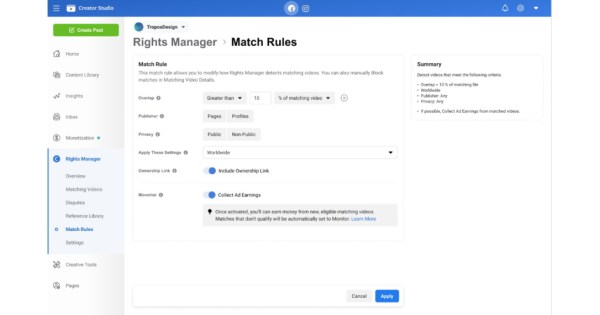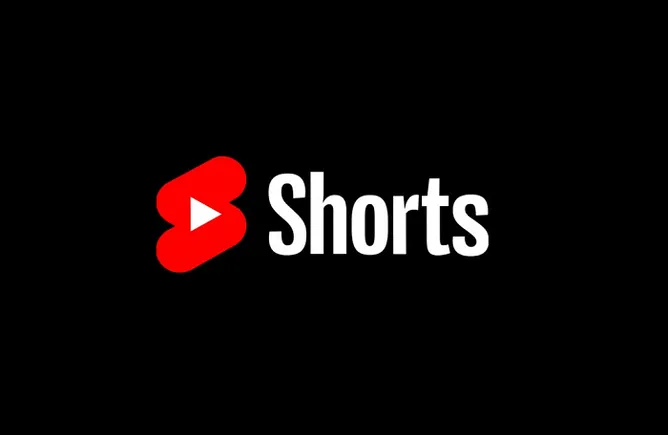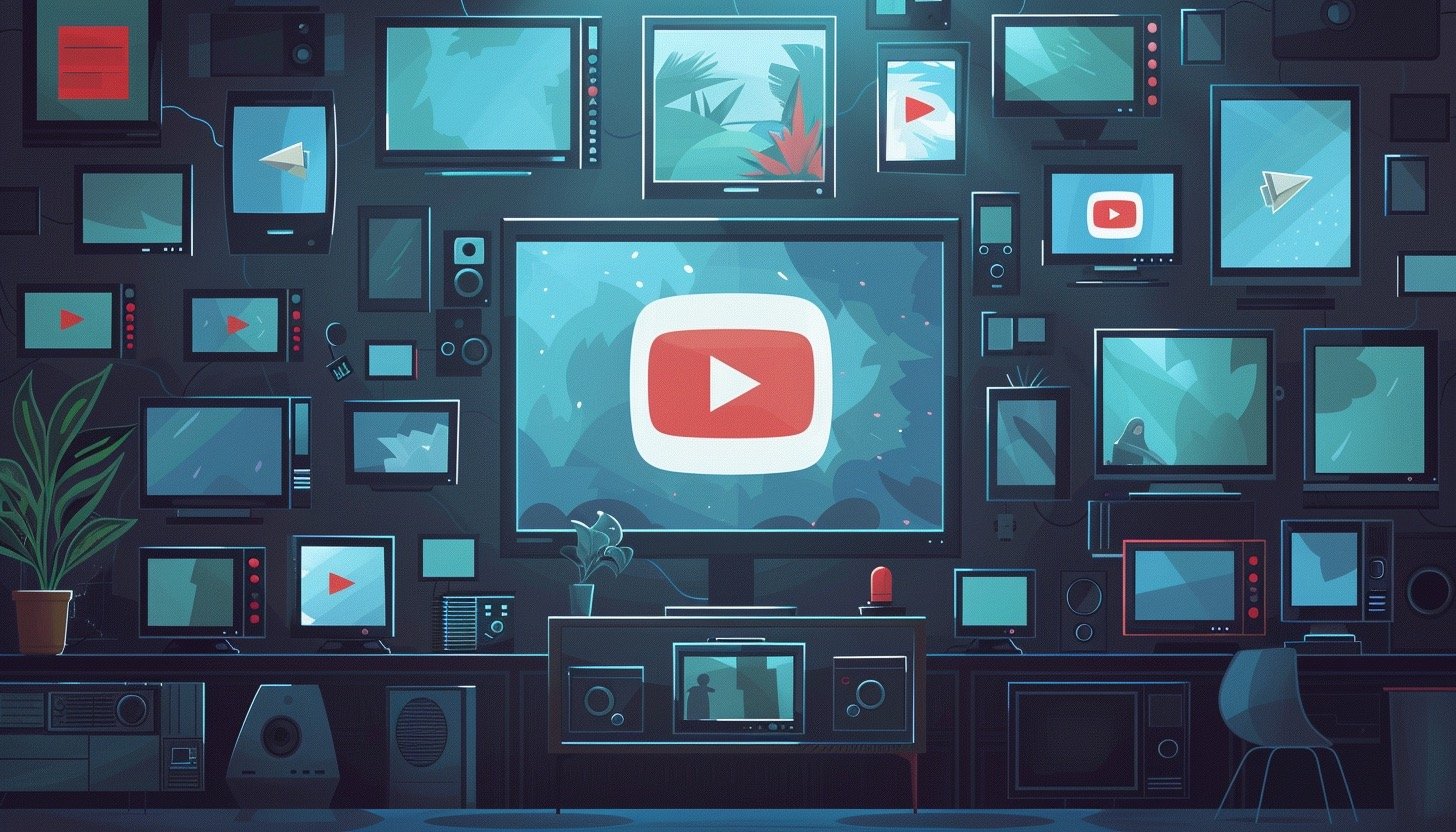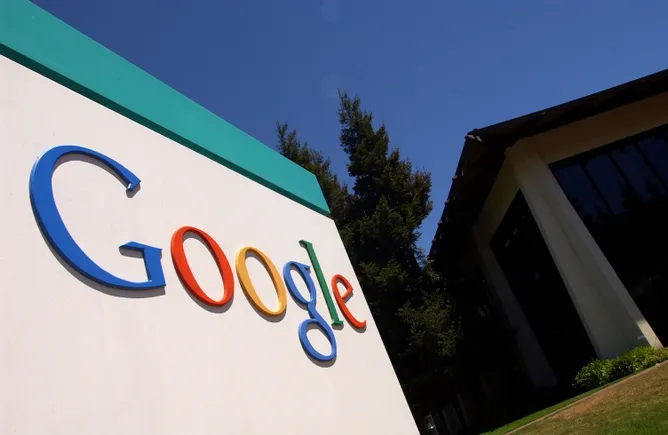Reels launched in 2020. NurPhoto via Getty Images
As Reels, Meta (META)’s short-form video page, grows on Instagram (META) and Facebook (META), the platforms lose money, said Mark Zuckerberg, CEO of Meta, their parent company, in an earnings call Feb. 1. That’s because Reels takes users away from those platforms’ main feeds, which have advertising down to a science. Making Reels pay out is one of Meta’s priorities for 2023, Zuckerberg said.
“People want to see more Reels,” Zuckerberg said. “So the key to unlocking that is improving our monetization efficiencies that way we can show more Reels without losing increasing amounts of money.”
Reels was launched as a competitor to TikTok in 2020. Its usage across Facebook and Instagram doubled over the last year, and the number of videos users shared doubled over the past six months, Zuckerberg said in the call. Two billion Instagram users interact with Reels every month, according to Demand Sage, an analytics company. But Meta doesn’t only need users on Reels, it needs to earn revenue from it.
Meta earns the majority of its revenue through advertisements, so monetizing Reels could mean users will see more ads, said Monica Siegman, a digital marketing strategist at Volume Nine, a Colorado-based marketing agency. But it’s more than that. Meta must incentivize creators to make Reels content on its platforms, which keeps users on the apps and serves them more ads, she said.
Paying creators to create Reels
In 2021, the company announced it will invest $1 billion in creators. Its Stars program lets users reward creators for their Reels using digital star icons the creators can then convert to cash. Meta also pays creators bonuses for reaching views and interactions milestones. Creators earned from $600 to $35,000 in bonuses when the program launched in 2021, but those payments were down as much as 70 percent by last April, the Verge reported. Creators also earn 55 percent of revenue from banner ads that appear in their Reels. It isn’t yet clear if many creators are leaving TikTok for Meta’s platforms due to these incentives. Meta is also competing with YouTube Shorts, owned by Alphabet, which is offering similar incentives to creators for original content.
Meta works with advertisers to help them understand what performs best on the platform, said Nicola Mendelsohn, the company’s vice president of global business. “More than 40 percent of advertisers are running ads on Reels,” she said. Meta launched “Reels School,” a video on how to use the feature, last year to educate advertisers.
Companies want to advertise with short-form content
More than half of the companies looking to run marketing campaigns mention TikTok, said Kenny Bost, partner at True North Social, a marketing agency. But many companies are scared of getting started on the app, especially because many business owners aren’t Gen Z, the generation most frequently on TikTok, he said. This is an opportunity for Meta, because Instagram and Facebook have existed longer than TikTok. Many companies, especially bigger ones, already have established accounts, he said.
TikTok has been U.S. legislators’ punching bag in recent months. Because the app is owned by a Chinese company, the FBI is concerned it could share user data with the Chinese Communist Party. TikTok has repeatedly denied this claim. Some legislators are trying to ban the app altogether. TikTok proposed giving the U.S. government some levels of oversight to ease tensions, but the app’s future is still uncertain, which could benefit Meta’s platforms.
“TikTok is more volatile,” said Siegman, the marketing strategist. Viral videos on the app often rely on trends, and “some clients don’t have the resources to keep up with trends.” They might instead want to put their money into a more predictable platform, which Facebook and Instagram can be. Though some campaigns might be better suited for TikTok, she said, Meta is better positioned for long term growth.









